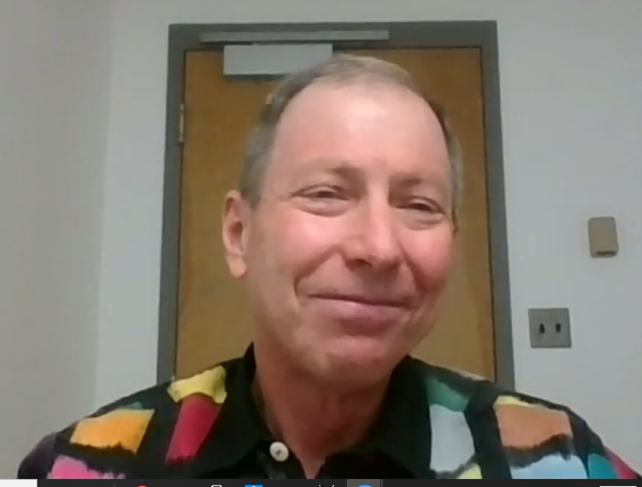For years, the Kuiper Space Sciences Building has had an enigmatic object on the wall of the lobby, just inside of the front entrance. It isn't very colorful, so many haven't even noticed it, but it represents a creative mixture of art and science from the early days of LPL, and has a story that is much more colorful that the wall hanging itself. Thanks to Associate Professor of Practice Steve Kortenkamp and HiRISE Photogrammetry and Imaging Processing Scientist (and LPL Ph.D. candidate) Sarah Sutton, we now have a display to help put it in context.
In the 1960s, when LPL was mapping the Moon, Gerard Kuiper hired sculptor Ralph Turner to create 3D models of areas on the lunar surface. Turner would work with telescopic images taken under different lighting conditions and mold his clay until he had something whose shadows looked right as he moved his light to match the different illuminations he had available. It is one of these sculptures, the central peak of Alphonsus crater, that has been hanging on the wall for years.
Nearly sixty years later, we still value 3D representations of planetary surfaces, but we don't generate them the same way. Instead, modern 3D images are generated by digitally combining images taken by spacecraft from different angles as they pass over (or even on different passes).
The HiRISE team, led by Sarah, are masters at generating these for Mars and for other planetary objects as well, including the Moon. In particular, images from the Lunar Reconnaissance Orbiter were used to generate 3D models of the same area that Turner sculpted. The digital model was created by Nicholas Porter while he was an undergraduate student working in the HiRISE photogrammetry lab.
Instead of using clay, the preferred method for generating 3D models is now 3D printing. Steve has 3D printed models of planetary surfaces for use in instruction for visually impaired students.
By combining the talents of our staff and modern scientific techniques and manufacturing technologies, we produced a modern model of the same region, using both modern scientific techniques and modern manufacturing techniques, and have hung it on an adjacent wall, along with text to explain what the two images are all about. We have included pictures, but they're just two-dimensional, and don't give the sense of depth that either of the models on the wall give.
Take a look at the models, old and new, the next time you are in the Kuiper Space Sciences Building.
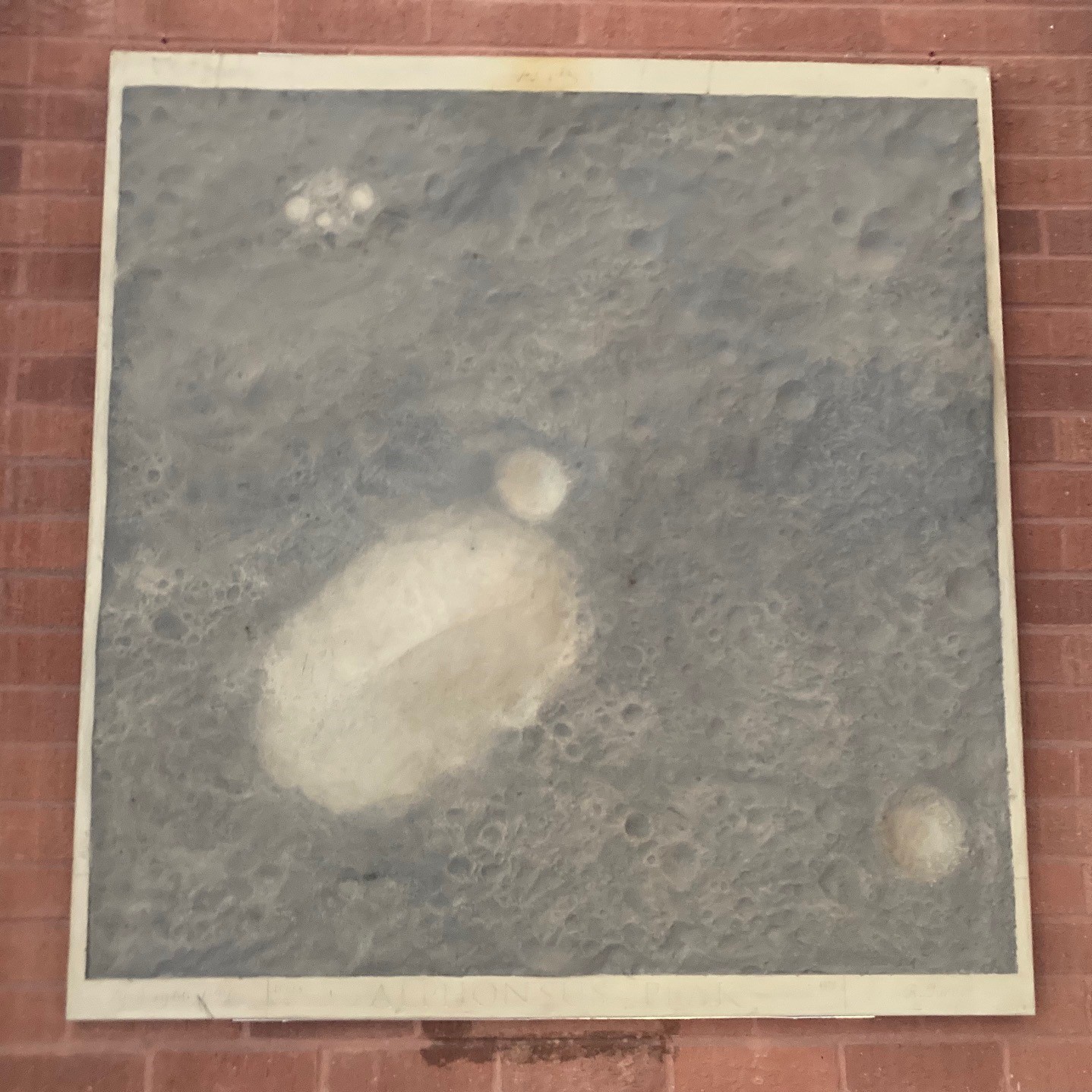
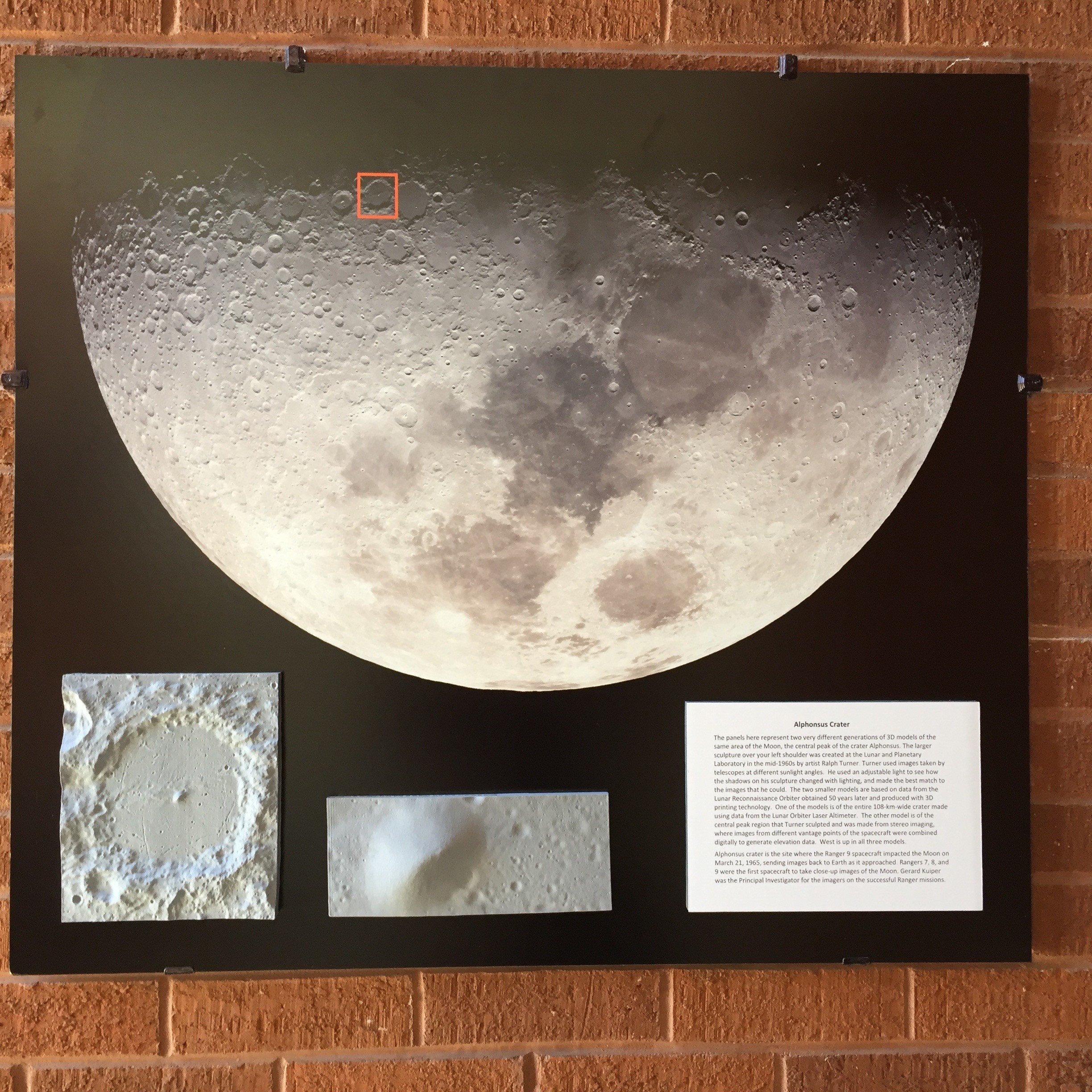


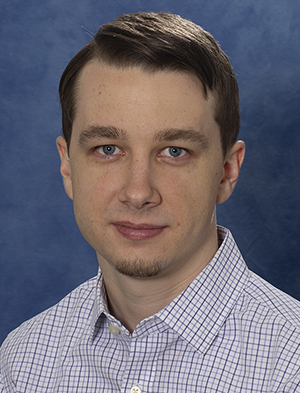 Shane Stone's dissertation defense was held on April 23. The title of his dissertation is Martian Upper Atmospheric Thermal Structure, Composition, and Water and Their Significance for Atmospheric Escape and Evolution.
Shane Stone's dissertation defense was held on April 23. The title of his dissertation is Martian Upper Atmospheric Thermal Structure, Composition, and Water and Their Significance for Atmospheric Escape and Evolution. 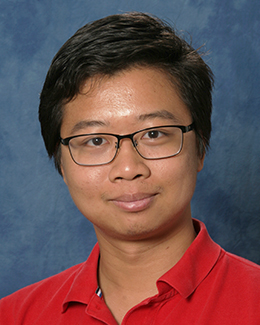 Daniel Lo defended his dissertation, Carbon Photochemistry and Escape in the Present-day Mars Atmosphere, on May 6. Daniel was advised by
Daniel Lo defended his dissertation, Carbon Photochemistry and Escape in the Present-day Mars Atmosphere, on May 6. Daniel was advised by 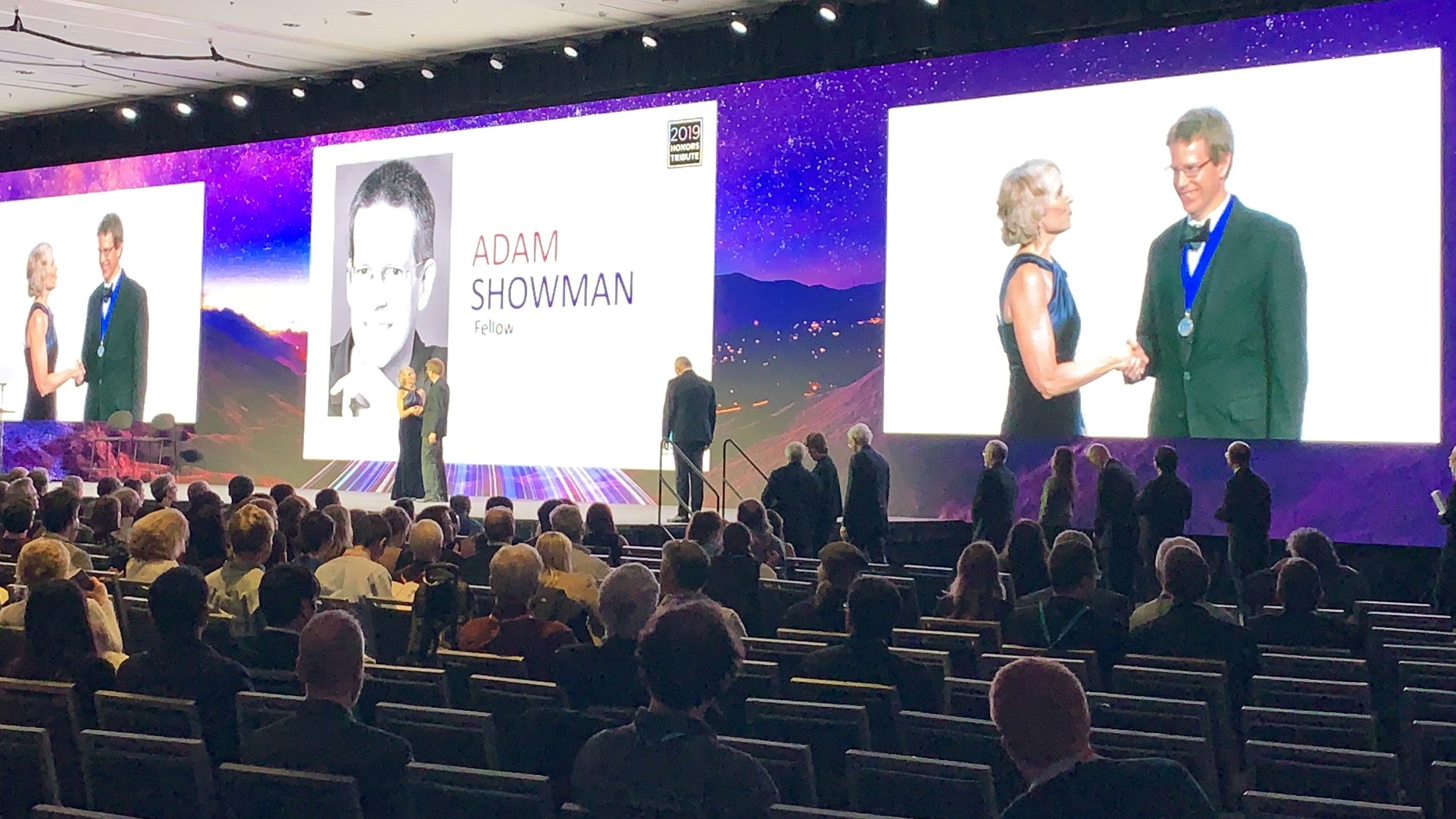
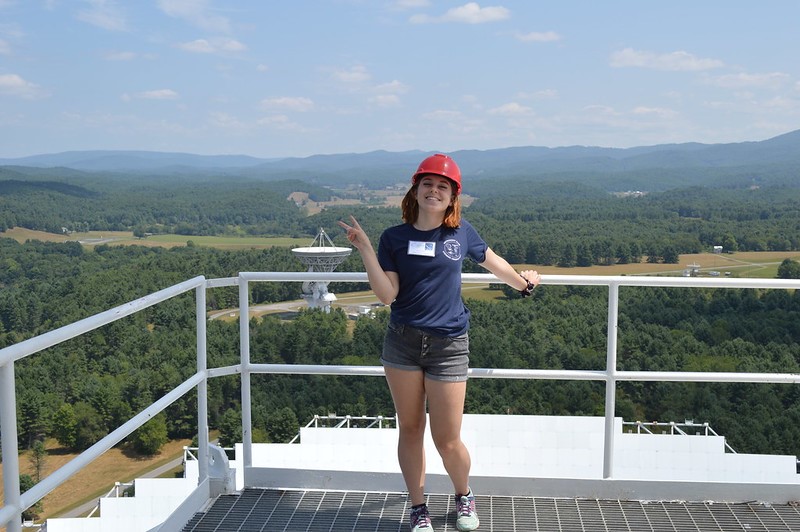
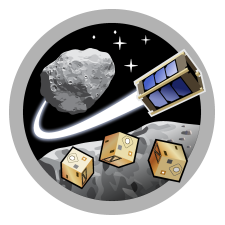
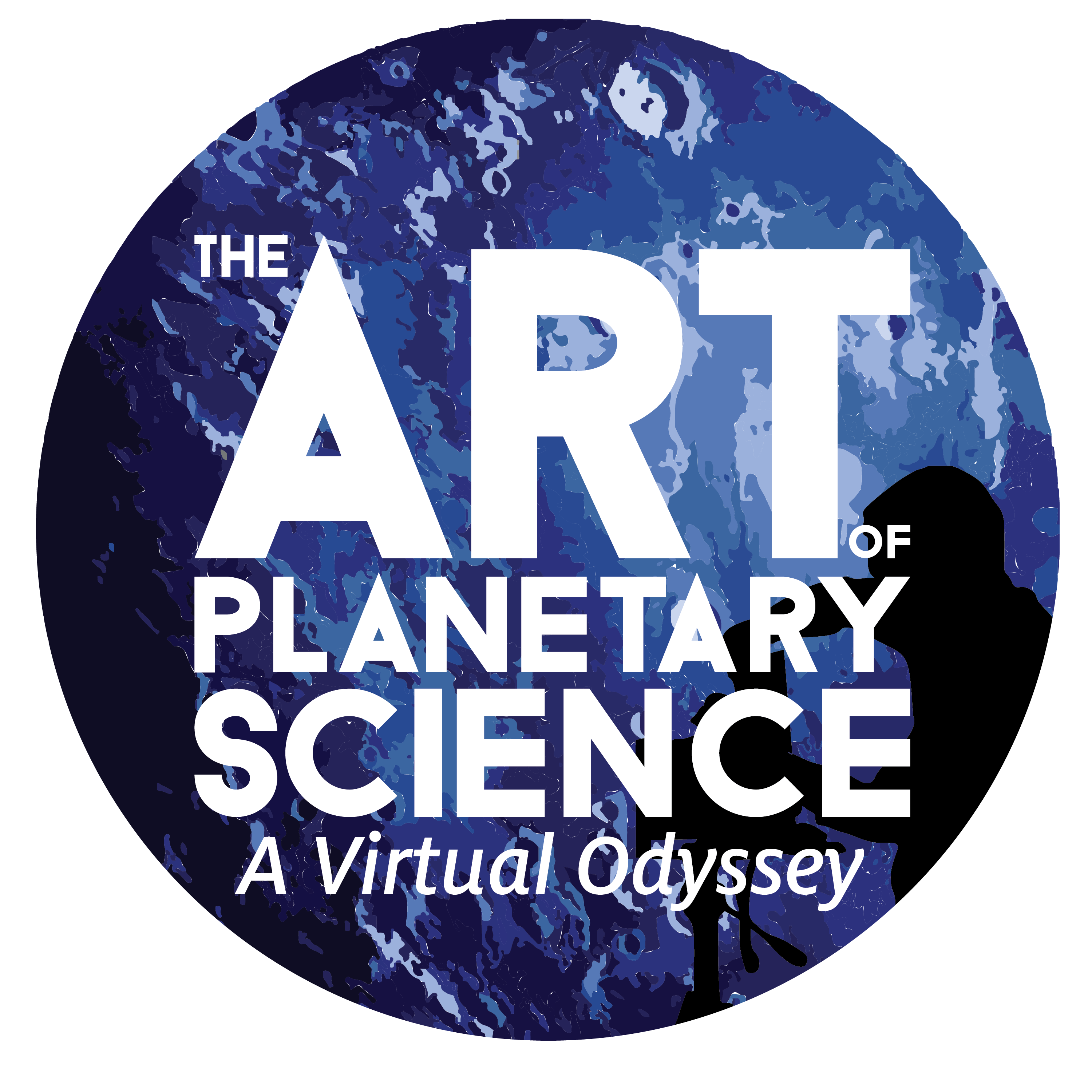
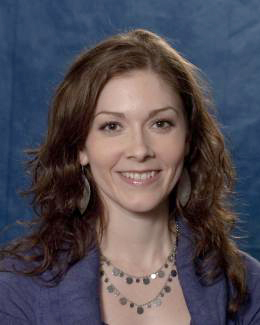 Anjani Polit
Anjani Polit